Living in the modern world sometimes feels like living in a video game: it seems like something is always trying to kill you. The news seems to be constantly filled with impending disasters. Some expected awfulness has come true (obviously, the last year or so of COVID-19), but some notions wildly miss the mark (murder hornets, where art thou?). With a nod to cancelled apocalypses of the past, here are a few things that were supposed to kill us, but only made us skeptical.
1. Y2K (2000)
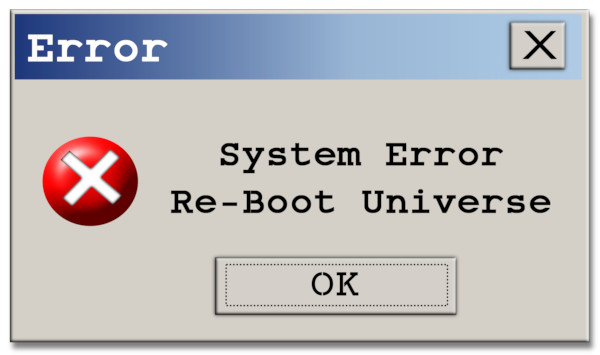
Remember when this turn of the calendar was supposed to turn the page on civilization? In our aforementioned cancelled apocalypses piece from 2020, the Post ran through what was supposed to happen. Y2K Mania ran on the backs of two things: people who thought the world would end when the calendar flipped to 2000, and those who were convinced that the Y2K bug would wreck the world at the stroke of midnight. The Y2K bug was the result of a computer coding and programming time-saver that used six digits to account for a date (for example, 09/01/91) when the majority of those systems were made. However, it was feared that after midnight on New Year’s Eve, programming would go wrong as the numbers flipped and zeroed out to a spot where machines might “believe” that they were operating on a wrong or previous date. A massive effort at many levels of business was undertaken to fix the glitch across numerous platforms in case things did go wrong and affect banking or other computers (this is what our heroes were working on in Office Space). The impending situation kicked off a “prepper” wave as some people stockpiled water, guns, and other supplies. When the calendar flipped from 1999 to 2000, a few bugs happened here and there, but the world (and the vast majority of its electronic systems) spun on.
2. The Large Hadron Collider (2008)
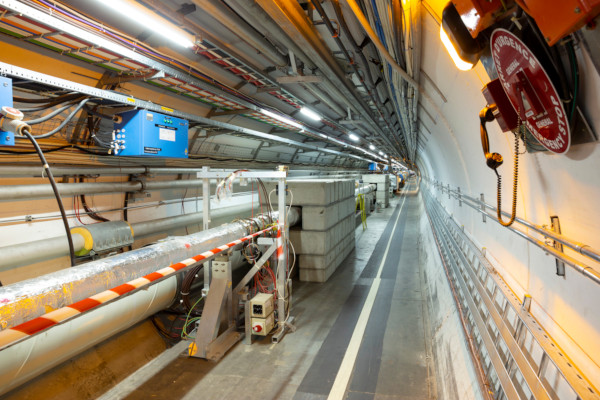
The Post looked at the history of the large hadron collider on the occasion of its 10th anniversary in operation. The collider allows scientists to make particles smash into one another so that they can study the effects. However, some people thought that what the collider was doing to smash was reality itself. Some theorized that the collider would open a black hole at activation, or that it created an alternate timeline that we’ve been stuck in for over a decade (that might actually explain a couple of things; the Cubs did win the World Series). There were even scientists that sued to prevent the machine from being turned on at all. In the end, it’s been in use for going on 13 years, and we have not, as far as we can tell, been shunted to a mirror universe.
3. Nuclear Exchange (1950s-1980s)
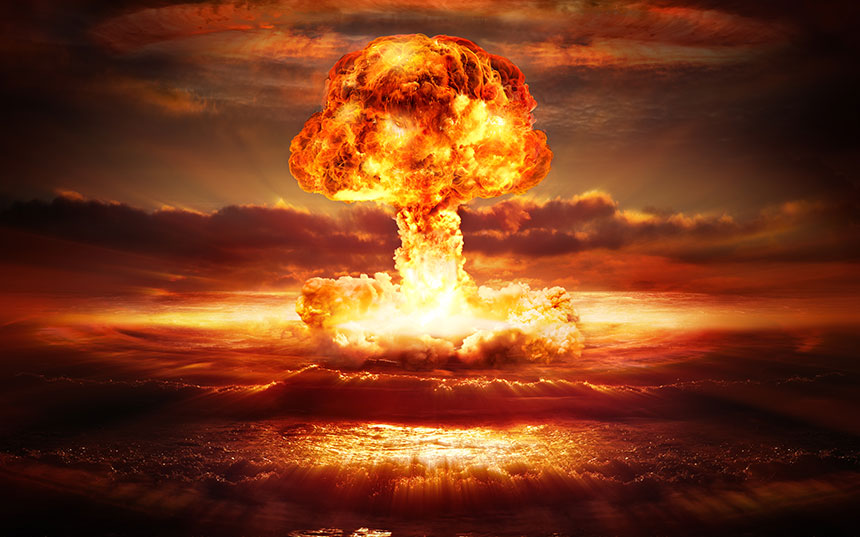
From the outset of The Cold War, tendrils of fear over a possible nuclear war between the U.S. and the Soviet Union crept into everyday American life. “Duck and cover” drills took place in public schools, buildings clearly labelled where their “Fallout Shelters” could be found, and news reporting on Soviet military maneuvers became commonplace. This anxiety built in the background through the Korean War, the Cuban Missile Crisis, and the Vietnam War. In the 1980s, events like the Russian downing of Korean Air Lines Flight 007 on September 1, 1983, and the airing of the television film The Day After two months later only ratcheted up the tension. After Mikhail Gorbachev ascended to Soviet leadership and the Chernobyl Disaster occurred, Gorbachev initiated new policies and embarked on a new cooperative period with the United States. Much of that tension abated, and the Soviet Union ultimately dissolved in 1991. Today, while fears exist about rogue actors getting their hands on nuclear weapons, the pervasive concern over nuclear war has ebbed.
4. Murder Hornets (2019-2020)
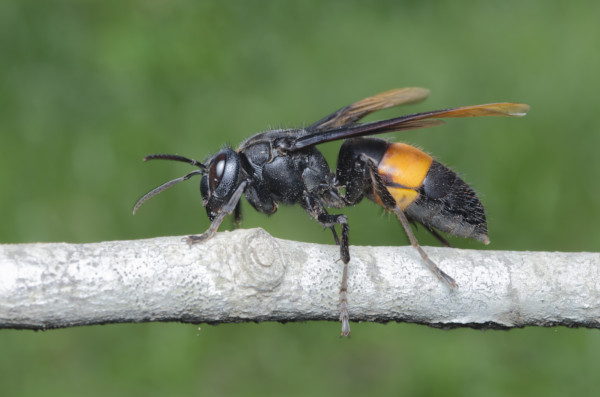
The world’s biggest hornet is the Asian giant hornet, also called the Japanese giant hornet; you might know it by another name: MURDER HORNET. It’s true that the United States has an invasive species problem; that’s when a particular species of animal migrates to a new biome and disrupts that food chain and environment with its arrival. Invasive species can be harmful to plants, animals, and food supplies. In late 2019, evidence of Asian giant hornets was found in British Columbia, and then Washington State. During the height of pandemic lockdowns in America, news spread that the so-called “murder hornets” were proliferating and would soon be a nationwide problem. However, throughout 2020, the hornets didn’t make much progress beyond the state of Washington, and they’ve largely vanished from the news cycle.
5. California Falling into the Ocean (Pending)
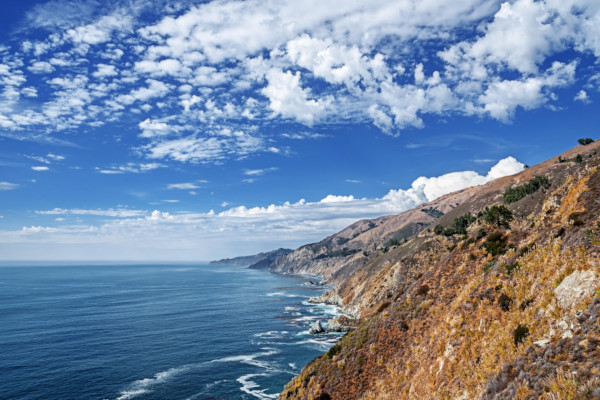
It’s one of those clichés that turns out to be true: California has a lot of earthquakes. For decades, it’s been something of a common assumption that someday, California will experience “The Big One” and part of the state will fall into the ocean. That’s been reflected in bits of pop culture entertainment that run from the 1974 disaster picture Earthquake to the 1981 Robert R. McCammon horror novel They Thirst. It’s such a pervasive belief in America that the United States Department of the Interior has a page on their website set up to debunk it. So, yes, while California is earthquake-prone, it’s staying put.
Featured image: Ronnie Chua / Shutterstock
Become a Saturday Evening Post member and enjoy unlimited access. Subscribe now
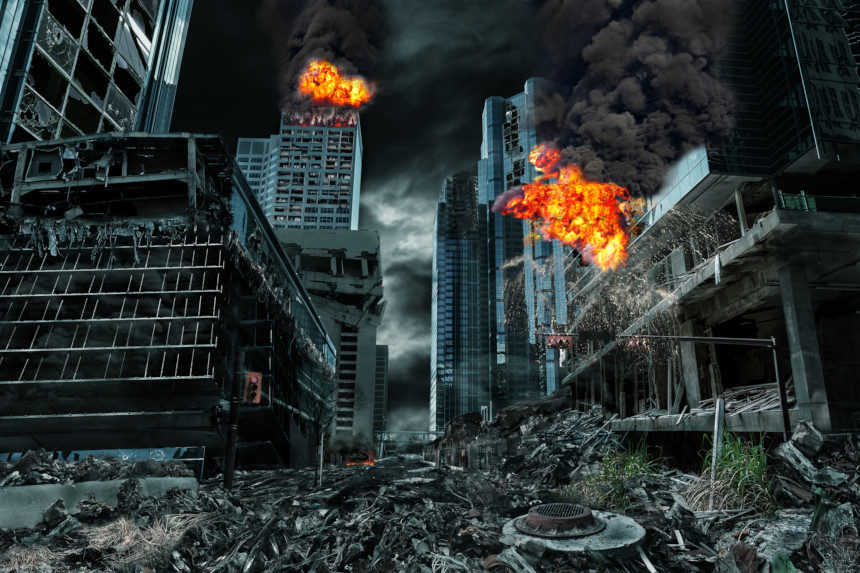



Comments
I remember many years ago, maybe around 1969, a man predicted exactly when California was going to fall into the ocean. He and many others (skeptics included) sat in chairs on a cliff overlooking the San Francisco bay area, ready to watch it happen. I thought his name was similar to “Greenspan” but I can’t find any mention of the non-event.
the things that you mentioned. It’s absolutely right. But we can’t judge that anything happened In the future….
There’s just SO much I could say about number 5. Let’s see if this leads to more.